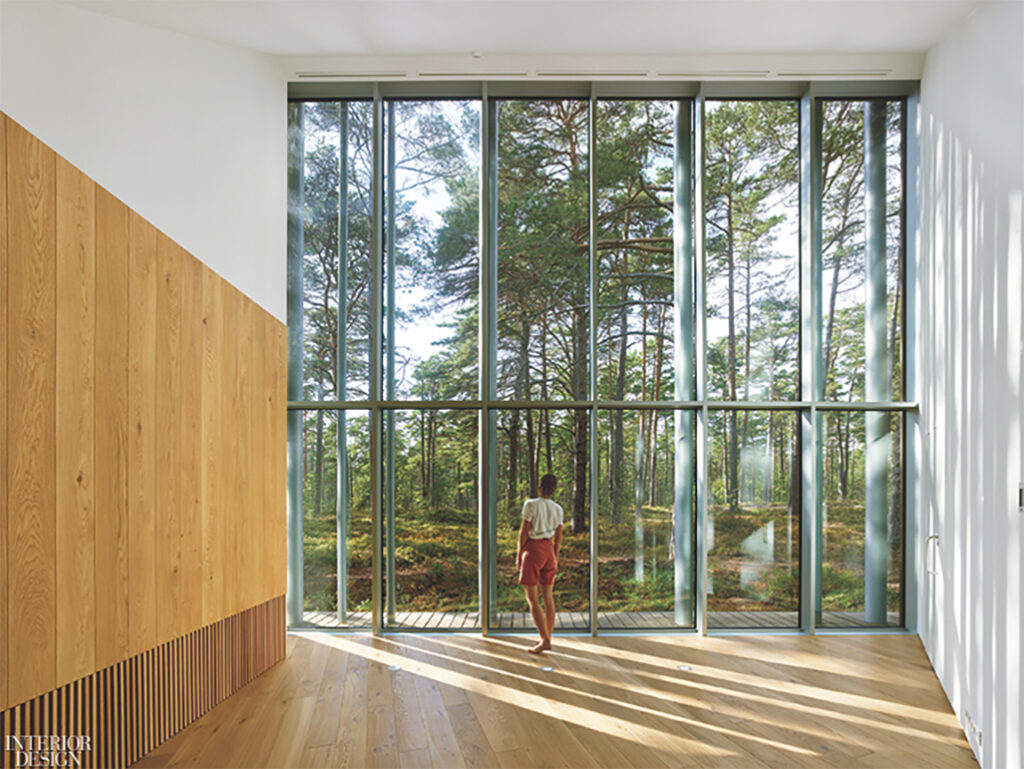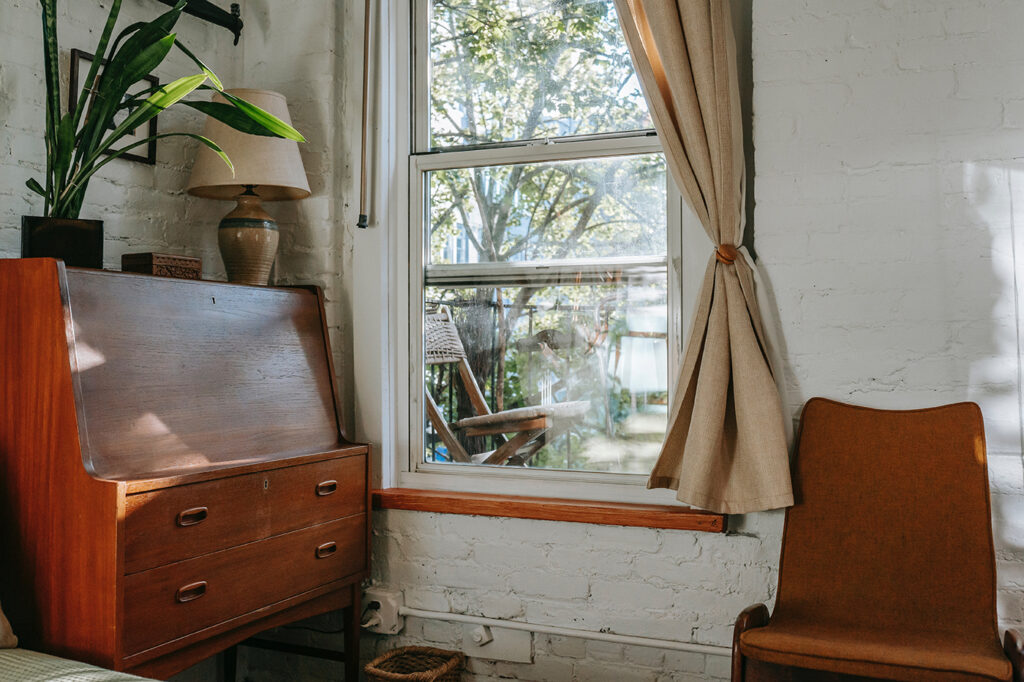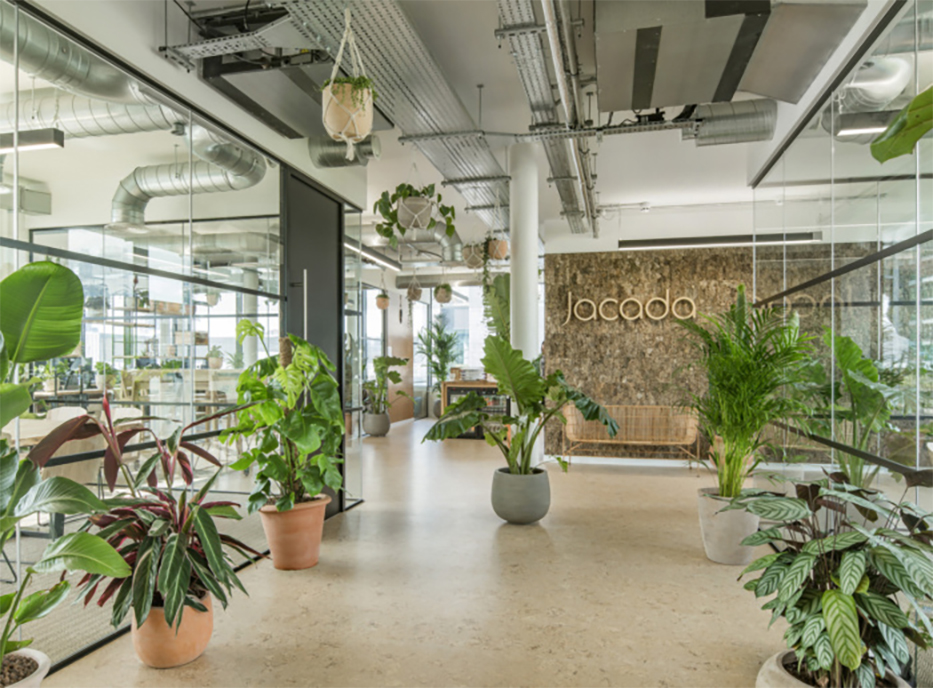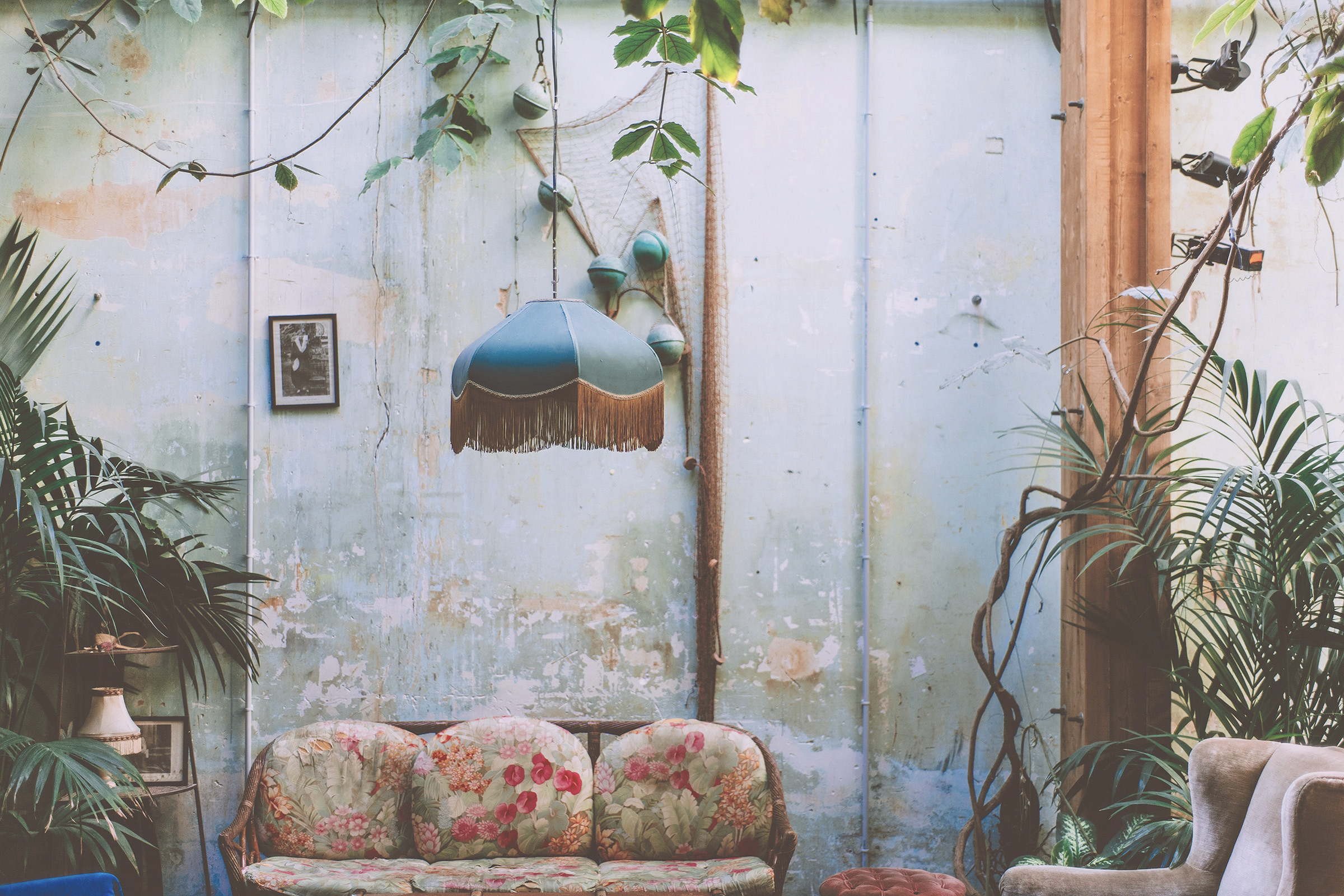Sustainability in Interior Design is a well known term, but do you know what it really means? It consists of designing interior spaces and objects that have a low environmental impact. There is a rise in global warming and the continued depletion of natural resources. Therefore, it is integral for a modern Interior Designer to include sustainability in their projects. Sustainability can be incorporated in an interior design project in many ways which include energy efficiency, waste reduction and efficient use of space.
Energy Efficiency
Energy efficiency is an important approach to make interior space sustainable. The consumption of energy is one of the biggest causes of climate change. Energy used for heating and lighting can be easily reduced by choices such as lighter colours and reflective surfaces which increase the use of natural light. The right choice of curtains, drapes and carpets also makes a difference. Carpets are great insulators and can retain a room’s heat for longer.
Home automation or smart objects can be turned on and off remotely. This leads to energy saving and provides a more economic way of using energy to the building’s occupants. For artificial lighting, choices such as LEDs, halogens and compact fluorescent light bulbs save energy and last longer. Setting up a supply of renewable, non-carbon based energy to the building will also increase energy efficiency.

Efficient use of Space
The maximum use of space is an essential part of sustainability in interior design. A well designed space can be smaller in size but still have all the amenities that a bigger place holds. Such spaces greatly reduce the need for construction materials as well as other resources.
Social and Environmental Responsibility
The materials used in a sustainable interior should have low environmental impact and be produced with social responsibility. Sources that ensure a safe manufacturing process and socially just business practises should be used to obtain products. Local producers and sources should be employed for supplying materials when available.
It is important to examine the environmental impact of a product throughout its life cycle (Life Cycle Assessment- LCA). The product’s life cycle includes extraction, production, transportation, processing and how it can be discarded after use. There are a variety of sustainable and organic materials available to interior designers such as bamboo, wool, natural stone, etc. This list by Hadley court is an example of the aesthetically wide range of eco-friendly materials available to designers. With technological development, an increased number of chemical-free, pesticide-free, organic and hypoallergenic products are available. Therefore, only non-polluting and non-toxic materials should be used in a sustainable interior. There are tools and rating systems such as LEED and WELL that help designers evaluate and make the most sustainable decisions for their projects.
Waste Reduction
When designing a sustainable space, waste reduction should also be a priority. The mindset of discarding products as soon as they are out of style is no longer justifiable due to the limited nature of the planet’s resources. Objects should be reclaimed, repurposed and recycled for creating a more sustainable interior. Sourcing antique and vintage furniture is a great decor option.

Longevity and Flexibility
Sustainable spaces should be designed to last. An example is mobile furniture that can later be rearranged or repurposed to fit a modern aesthetic. When individual elements can be moved around and adjusted, there is no need to fully demolish and renovate a space.
Healthy Living
Sustainable interiors are not only healthier for the environment, they are also healthier for the humans occupying them. Elements like maintaining air quality, ventilation and acoustics can make a big difference. Indoor plants naturally filter air and carpets improve air quality by trapping dust particles until they are vacuumed.

Biophilic design is a type of design that recognizes the need to include natural elements in interiors. It aims to restore the connection between humans and nature. It is used to incorporate natural or nature-like elements into interiors which has an overall calming effect on the building’s occupants. There are Interior design brands that only focus on creating biophilic spaces like Biofilico.
Interior designers are creators of the spaces that we spend most of our time in. So, they should be guided by a sustainable approach which is healthier for the environment as well as ourselves.





